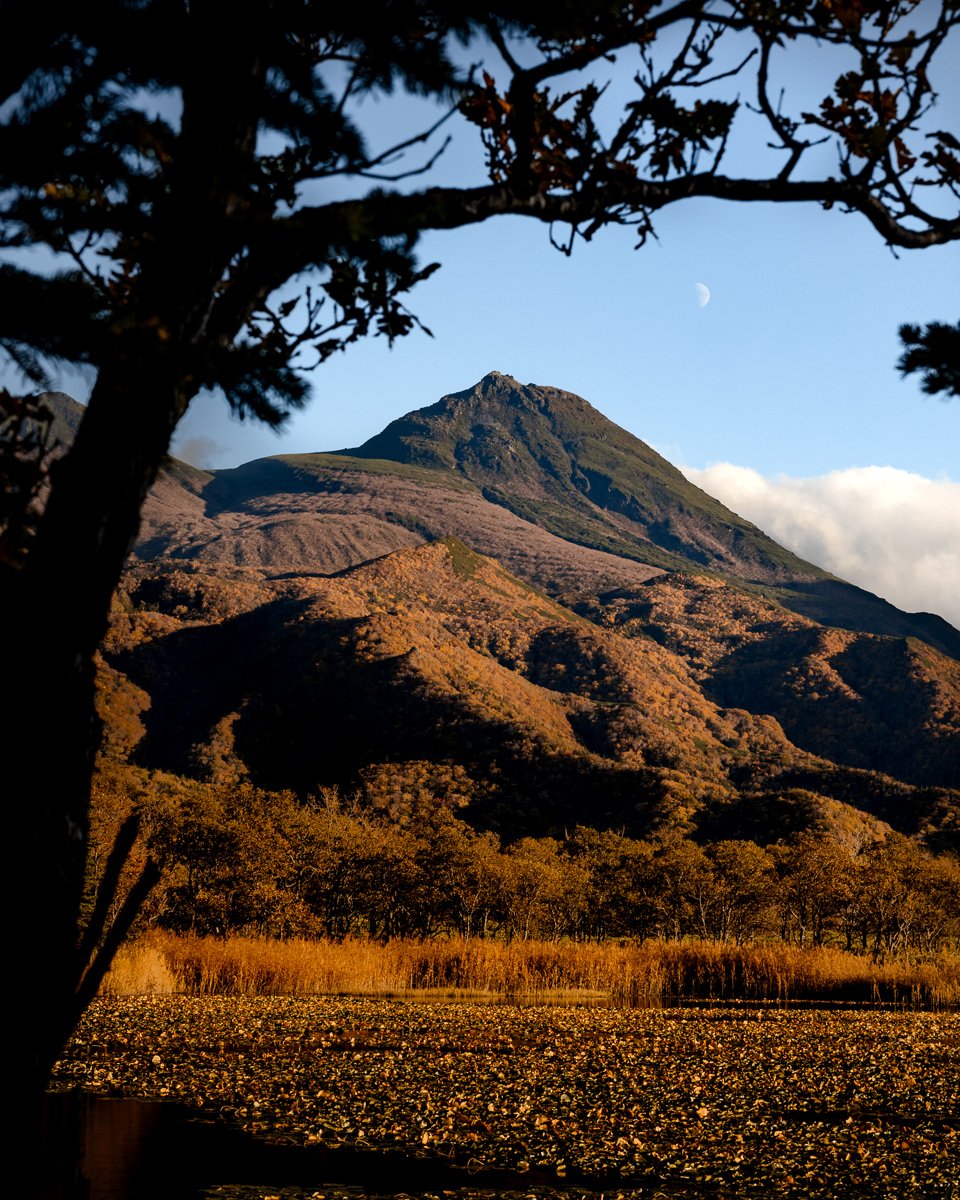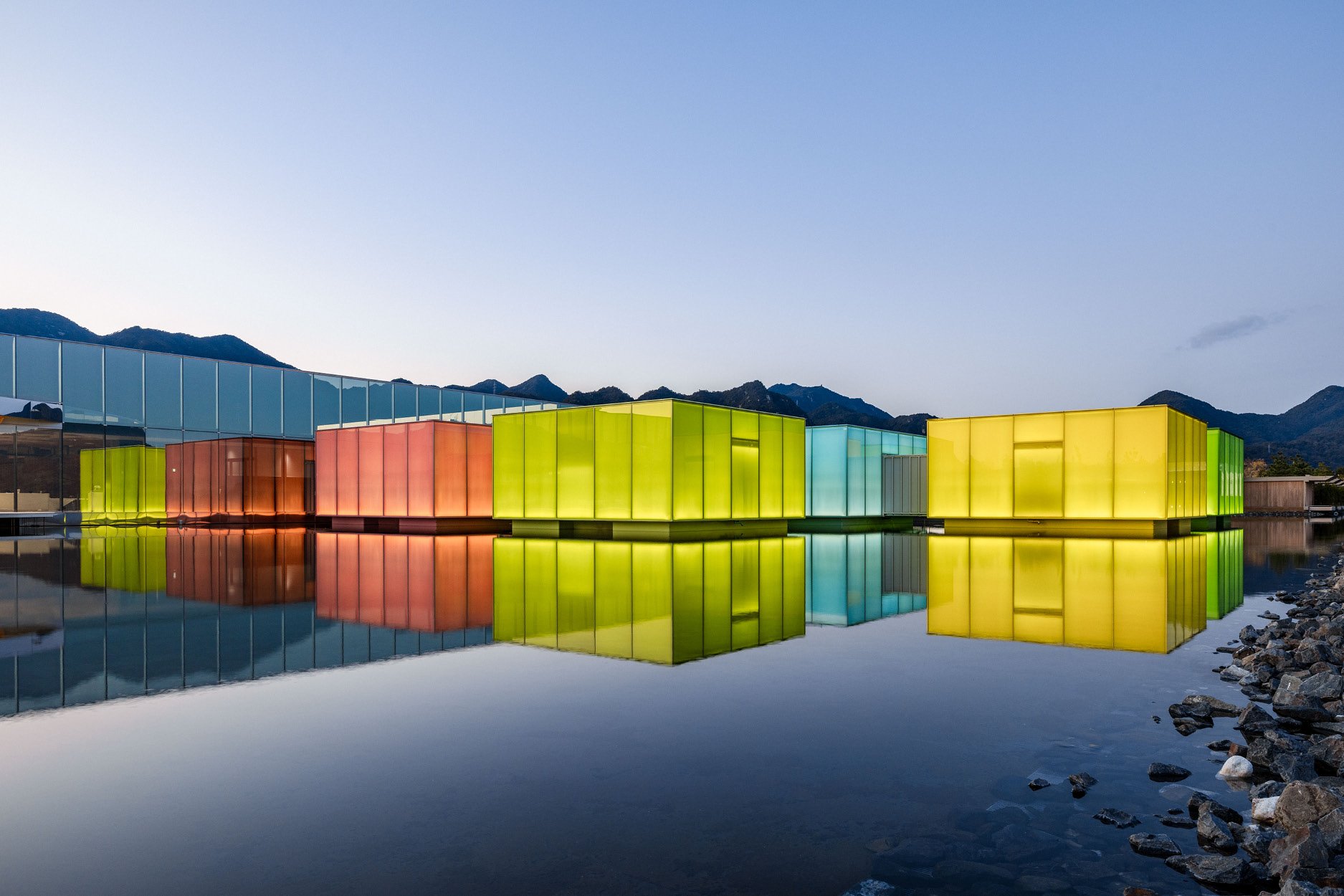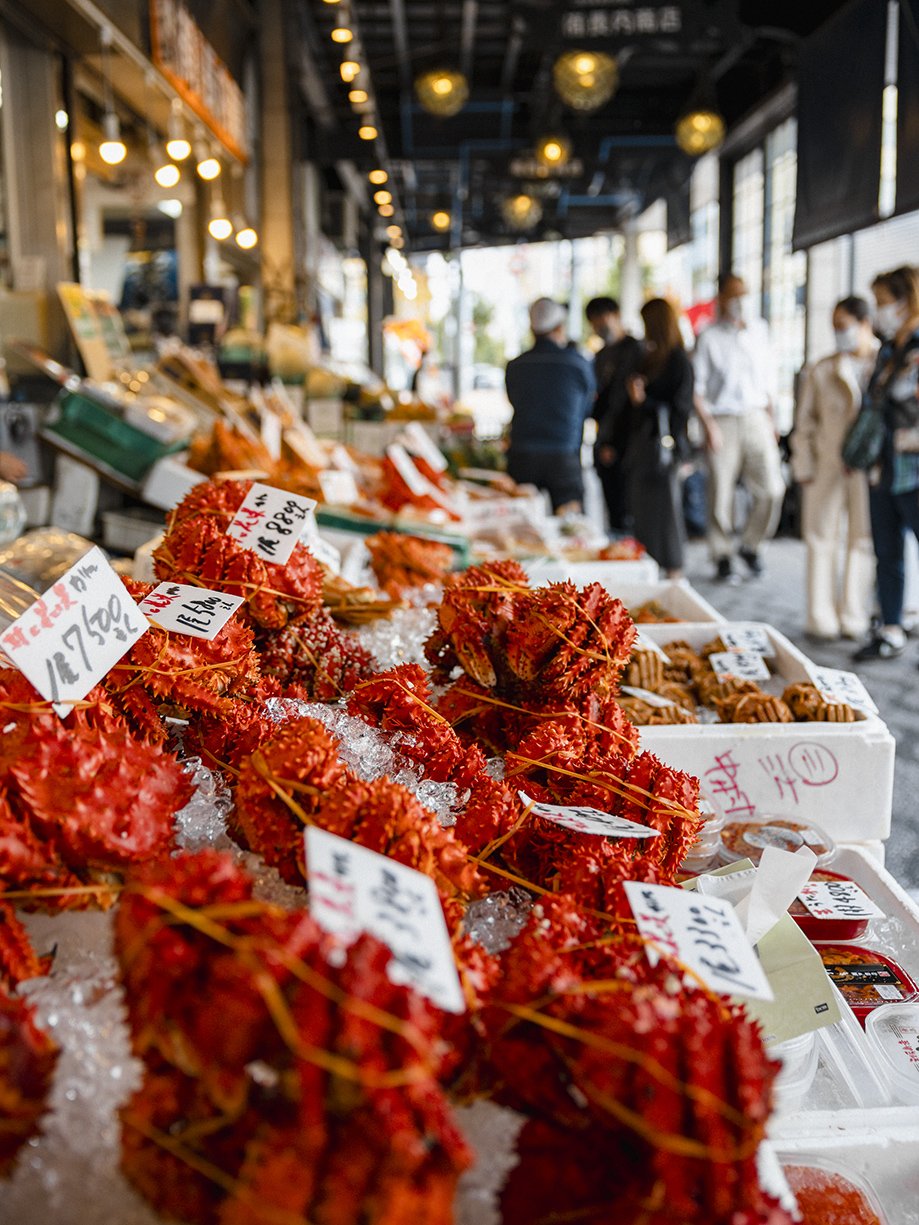A Three Day Road Trip Through Hokkaido’s Shiretoko National Park
Everything you need to know before taking a trip to the edge of the world.
Japan is a land of contrasts; a place where old and new exist in perfect harmony. In major cities, ancient temples stand tall next to neon-clad karaoke bars, and in the remote countryside, the clunk of a high-tech vending machine is never too far away. You wouldn’t be at fault for thinking about a hyper-futuristic nation, packed with bustling bright cities and bullet trains, but what some don’t realise is that 70% of the country is made up of volcanoes, mountain ranges, and nature-rich countryside.
An ideal place to experience the extent of this natural landscape is the largest and most northern prefecture: Hokkaido. Taking up a huge 22% of Japan’s landmass, to say Hokkaido is vast would be an understatement. From active volcanoes simmering quietly in the mountainside, and oceans freezing over in winter’s sub-zero conditions, to indigenous Ainu culture dating back hundreds of years and some of Japan’s most diverse wildlife, it’s easy to see why Hokkaido has attracted nature-lovers and adventurers from all over the world.
Please note: There have been several bear sightings throughout summer 2024. Please make sure to check all safety requirements and act with caution when hiking in Hokkaido. For more information on how to deal with wild brown bears, click here.
If you are looking for a contrast to Japan’s major cities, Hokkaido has heaps to offer. The far eastern side of the island especially remains largely undiscovered, with the Shiretoko National Park being one of the island’s greatest examples of untouched wilderness.
Known as the ‘Home of the brown bear’, the Shiretoko region is one of the most idyllic places to see these majestic mammals in the wild, alongside over 285 bird species, 35 land and 22 marine species. As brown bears peruse the coastline and whales dive deep into the ocean waters, come with me as I share my highlights from my three-day adventure to the edge of the world: Shiretoko National Park, Hokkaido.
Day 1
Arrival at Memanbetsu Airport
Day one started with an early morning flight from Tokyo’s Haneda Airport to Membanbetsu. Located on the eastern side of the island and just one of Hokkaido’s impressive 12 airports, Memanbetsu is the most convenient arrival port. From here, we picked up our rental car and took the 2-3 hour drive into the peninsula, with a few stop offs along the way.
Road to the Sky
Literally translating as ‘The Road to Heaven’, 天に続く道 or the ‘Road to the Sky’ is a 28km stretch of straight road running from Memanbetsu Airport into Sharicho Town. Driving along the road we were treated to plenty of crisp autumn scenery, multiple viewpoints, and the area’s friendly bear mascots. The road itself is more of an unofficial attraction of the area, but offers panoramic landscapes and ocean views.
Shiretoko Goko
Known as the ‘Shiretoko Five Lakes’, Shiretoko Goko is a great way to experience the untouched nature of the area, as well for spotting wild bears. After a short safety lecture, learning the do’s and don’ts of a bear encounter and how to treat their environment with respect, we received our entry passes and were good to go. The route also features an 800m long elevated boardwalk and mountain observatory, offering 360º views of the surrounding landscape.
Discover more lesser-known destinations, bucket list experiences and unique hotels in my brand new guidebook, Views from Japan.
Cape Puyuni
Located along the roadside towards the Shiretoko Goko is Cape Puyuni, an ideal spot to watch the sunset over the Sea of Okhotsk. If you are visiting earlier in the day be sure to take a look at the Utoro Fishing Port and see local fishermen catching some of the area’s world-famous salmon. In winter, this is where you can catch the first sightings of frozen drift ice approaching in the ocean.
Day 2
Iwaubetsu River
If you are lucky, and safely prepared, you might catch a glimpse of a wild bear or two during your stay in Shiretoko. We had passed a particular spot along the Iwaubetsu River the previous day, and returned after seeing some local photographers gathering. We got set up, with no real hope, but there he was - the most stunning creature I have seen, a wild brown bear. We couldn’t believe our eyes, and still now I’m in awe of seeing a bear like this out in nature.
Shiretoko Pass
At an elevation of 738m, the Shiretoko Pass provides even more panoramic views from the island. Connecting Utoro and Rausu towns, the pass is a great place to stop off and enjoy the autumn leaves from across Mt. Rausu.
Cape Utoro
Utoro acts as the main gateway between the small onsen towns and the completely wild areas of Shiretoko. We stopped for coffee at one of my Hokkaido favourites, Baristart (complete with friendly bear logo) at the Shiretoko National Park Nature Center and took a short hike out to the coast. Here you can find a small observation deck and views of the local fishing boats across the Sea of Okhotsk.
Day 3
Lake Kussharo
Located in the neighbouring Akan Mashu National Park, Lake Kussharo has a whopping 57km circumference and is the area’s largest. As well as activities including fishing, hiking trails, kayaking, and cycling, be sure to keep your eye out for natural hot spring baths along the lake’s edge. Driving further around the lake you can find multiple higher viewpoints if you wanted to see the vast expanse from above.
Lake Mashu
Another caldera lake in Akan Mashu National Park, Lake Mashu holds the title of the ‘Clearest Lake in the World’. The lake itself is an endorheic crater lake formed by volcanic activity and is much smaller than its neighbour Lake Kussharo. For one of the best views of the lake, be sure to look out for the Ura-Mashu observation deck, one of the lesser-known viewpoints.
Mount Io
Also known as ‘Sulfur Mountain’, Mount Iō really is a sight to behold; with volcanic sulfurous vents pumping out hot steam and creating bright yellow rocks in the process. The mountain offers multiple hiking trails as well as a gift shop selling, you guessed it, volcano-cooked eggs.
Tips & Tricks for a Visit to Shiretoko National Park
1. Hire a car or arrange pre-booked transportation – Highly recommended for making the most of your trip
2. Take home your rubbish and be respectful of the pristine nature
3. Be prepared to wander off the beaten track – But watch out for bear signs
4. Take necessary safety precautions – The Shiretoko Goko lecture is a great place to start
5. Carry a zoom lens – This will ensure your best view of the wildlife, whilst keeping a safe distance.
Best Time to Visit
Shiretoko really can be enjoyed all year round. During winter, the epic drift ice starts to approach the oceanfront. Spring sees the colours bring the peninsula to life, with 100s of types of flora and fauna. In summer the heat is mild and this is when the bears are most likely to be seen. And finally autumn has unrivalled foliage, adding a whole new dimension to any visit up to the north of Japan.
Getting Around
Having access to your own transport is highly recommended to make the most out of a trip to Eastern Hokkaido, be that a hire car or arranged personal transport. Trains and buses run infrequently and can certainly slow you down. We flew into Memanbetsu Airport and took around a 2-3 hour drive each way between Shiretoko Goto and Lake Kussharo.
Produced in partnership with Japan National Travel Organisation and Wondertrunk
Photography and words by Ben Richards
Discover Japan Like Never Before. Tried & Tested by a Local.
Introducing Views from Japan, a brand new travel guidebook welcoming you to join a travel community that shares a deep passion for Japan and its unique cultural traditions. Across 280 detail-packed pages, I give you all of the tools you need to create a unique and memorable trip to Japan, whether you are travelling for a solo trip, honeymoon or family adventure.
























